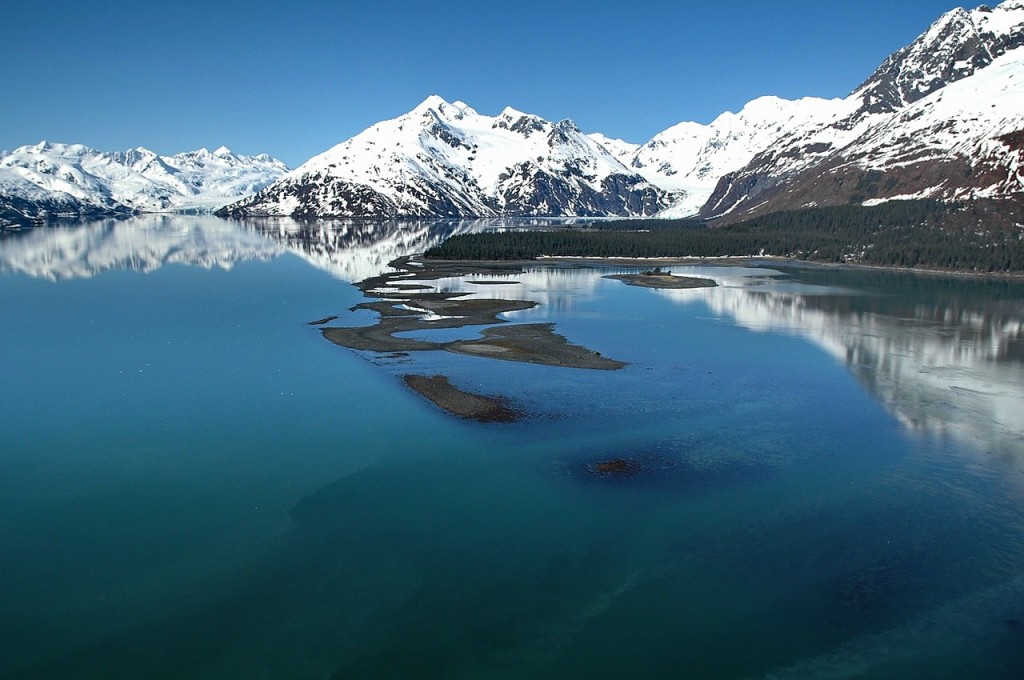Packing, in general, can be a daunting task, especially if you are visiting someplace for the first time. If you are traveling to a tropical island, it’s pretty basic – sunscreen, swimsuit, and sunglasses are your basic must-have items. However, what if you are traveling somewhere as unique as Alaska?
Alaska has a range of weather, especially depending upon what city you are visiting and what time of year you are visiting. As beautiful and never surprising as Alaska’s landscape is, its weather is a bit more unpredictable. Temperatures can hover at the 60 degree mark in spring or soar into the 90s in summer; meanwhile record temperatures in Prospect Creek back in 1971 came in at an all-time low of minus 80 degrees.
Not only do you have to figure out the weather in Alaska, you have to figure out what to wear. Moreover, each city has varying degrees of temperature. Here are a few good tips on how to dress in Alaska.
Layers, Layers, Layers
Whether or not you have been to Alaska yet, most anyone you ask about the subject will advise you to dress in layers and plenty of them. The theory is to dress in layers so that you can peel them away as needed. You would rather be too warm in Alaska with the ability to peel away those layers than to be too cold.
Although, things seem to be warming up each year in Alaska, you never want to leave home without layers.
First things first – the closest layer to your skin should be made out of material that wicks away moisture from your body. You want to stay warm and in order to do so, you need to stay dry. After all, what good is it if the layer closest to your skin is not absorbent? You will be cold and damp instead of warm and protected.
How to dress also depends upon what activities you will be doing. The closer to the colder temperature and wet activities you are, the more equipment you will need. Synthetic materials are best since they are warm, lightweight and breathable. Synthetic pants and lots of long sleeve tee shirts will do you well. These tee shirts are perfect for layering. Water resistant outerwear is perfect for outdoor activities on the water like boating or fishing excursions.
If hiking, invest in a good pair of hiking boots. If your feet are comfortable, your whole body will thank you. And if you really want to be good to your feet, don’t forget synthetic fiber socks. Keeping your feet dry and warm will mean more opportunity to focus on the activity at hand.
Always bring a hat and gloves. When your feet and head are warm, the rest of your body will warm up too.
Things You Need to Remember about Dressing in Alaska
While it is important to dress right in the cold weather Alaska can dish out, it is equally important to remember that it can get extremely hot. Depending upon what time of year you are traveling and what city you will be traveling to, you will want to remember sunscreen.
While it may not feel that warm, the sun can hurt your skin just like anywhere else. Don’t associate Alaska with only cold weather. Also, don’t forget that Alaska has days in summer that can last up to 18 hours. The temptation to stay out and play all day and all night during summer solstice may have you forgetting to bring and wear sunscreen. Just because you are in Alaska, doesn’t mean you should forget this important detail.
Sunglasses are a great idea, as well. Your eyes can still feel the impact of the bright snow, the crisp blue ocean and the heat of the sun. For most people, sunglasses are a fashion statement, but for visiting Alaska, they are for your protection, as well.
Rainy Days
Regardless if you are traveling in the summer or spring, bring some raingear. It doesn’t only snow or stay sunny for 18 hour stretches, there are seasons in Alaska too. Just as important as knowing what to wear, is knowing the area to which you are traveling. For example, it may be 54 degrees in Anchorage one May and 70 degrees in Fairbanks. Knowing the average temperature of your destination will help you to pack right or pack light.
You can never go wrong with packing layers and good quality outer vest that is waterproof along with your hat, gloves and sun protection. Once you have packed up and are ready to go, the only thing left to do is to enjoy all the uniqueness that Alaska has to offer.



